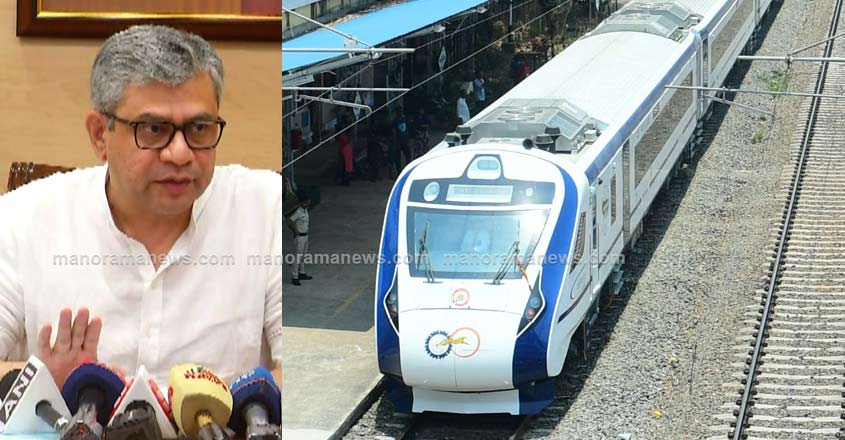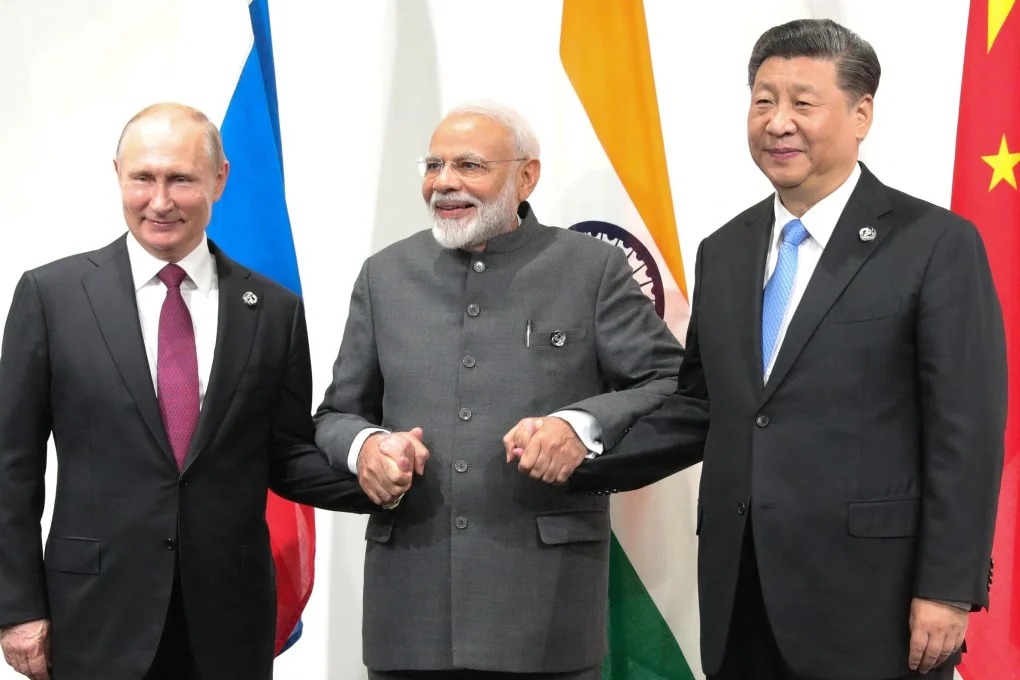 Image Source: Power Gallery
Image Source: Power Gallery
India’s flagship Vande Bharat Express trains, once hailed as the symbol of semi-high-speed modern rail, have seen their average speeds dip—prompting widespread concern and queries from parliamentarians and the public alike. Railway Minister Ashwini Vaishnaw, addressing these concerns in the Rajya Sabha this week, outlined the complex mix of operational and infrastructure challenges that are currently hampering the full-speed potential of these trains.
From 84 km/h to 76 km/h: What’s Slowing the Vande Bharat Express?
The numbers speak for themselves: Vande Bharat trains recorded an average speed of 84.48km/h in 2020-21, but that figure fell to just 76.25km/h in 2023-24. This shift is notable for trains designed to cruise at up to 180km/h, with a maximum permitted speed of 160km/h across Indian Railways’ upgraded corridors.
Key Factors Behind the Dip
Railway Minister Vaishnaw, in a detailed reply, attributed the slowdown to:
Track Geometry and Upgradation: Many rail corridors haven’t completed their full upgradation, which limits the operational speed. Older sections and curves, infrastructural bottlenecks, and the ongoing works to upgrade track standards—such as introducing 60 kg rails, wider base concrete sleepers, thick web switches, and longer rail panels—mean trains can’t yet run at their designated top speeds on every route.
Stoppages and Scheduling: Increased stoppages en route and tighter schedules to accommodate new train services, growing passenger numbers, and local demand for increased connectivity naturally impact the average speed. Trains, especially those running in heavily trafficked corridors, are facing more frequent halts and slower sections.
Track Maintenance and Safety: Regular track maintenance, ongoing upgrades, and necessary safety-related slowdowns—all vital for preventing accidents and ensuring passenger safety—sometimes necessitate temporary speed reductions.
Operational Constraints: Issues like overcrowded routes, increased number of crossing trains, and the introduction of new train services contribute to congestion and reduced average speeds for even the fastest trains on the network.
External Factors: Cattle run-overs, signal failures, and incidents of track obstruction or vandalism in certain sections have occasionally forced railway authorities to impose speed restrictions, further adding to delays and reduced averages.
What is Being Done? Steps Towards Faster Rails
Minister Vaishnaw emphasized the government’s ongoing commitment to upgrade the rail network. In the last decade, more than 78% of Indian Railway tracks have been strengthened to support speeds of 110km/h or more, and 21.8% of tracks can now handle trains at 130km/h and above—a significant leap from just 6.3% in 2014.
Planned measures include:
-
Expedited modernization and renewal of key routes,
-
Deployment of more modern maintenance machines,
-
Continued use of heavier and high-quality rails and sleepers,
-
Adding new tracks and ‘double tracking’ busy corridors to free up traffic flow and reduce scheduling delays.
The first prototype of the long-awaited Vande Bharat Sleeper train has also been rolled out and is currently undergoing commissioning, promising broader service and comfort in the coming months.
The Road Ahead: Patience on the Platform
The Railway Minister made it clear that while trains are capable of much higher speeds, pushing the entire network to support these speeds requires time, vast investment, and continued work on modernization and safety. “The average speed of the train depends upon geometry of the track, stoppages enroute, maintenance work in the section, among others,” Vaishnaw summarized, underlining the dynamic nature of India’s massive rail grid.
As India steers toward rail modernization with Vande Bharat at the helm, passengers may need to exercise patience—the promise of faster, more reliable journeys is in sight, built on a foundation of safety and sustainable growth.
Relevant Sources: The Indian Express, Hindustan Times, The Week, Financial Express, PIB, SwarajyaMag, NewsBytes, Navbharat Times
Advertisement
Advertisement



